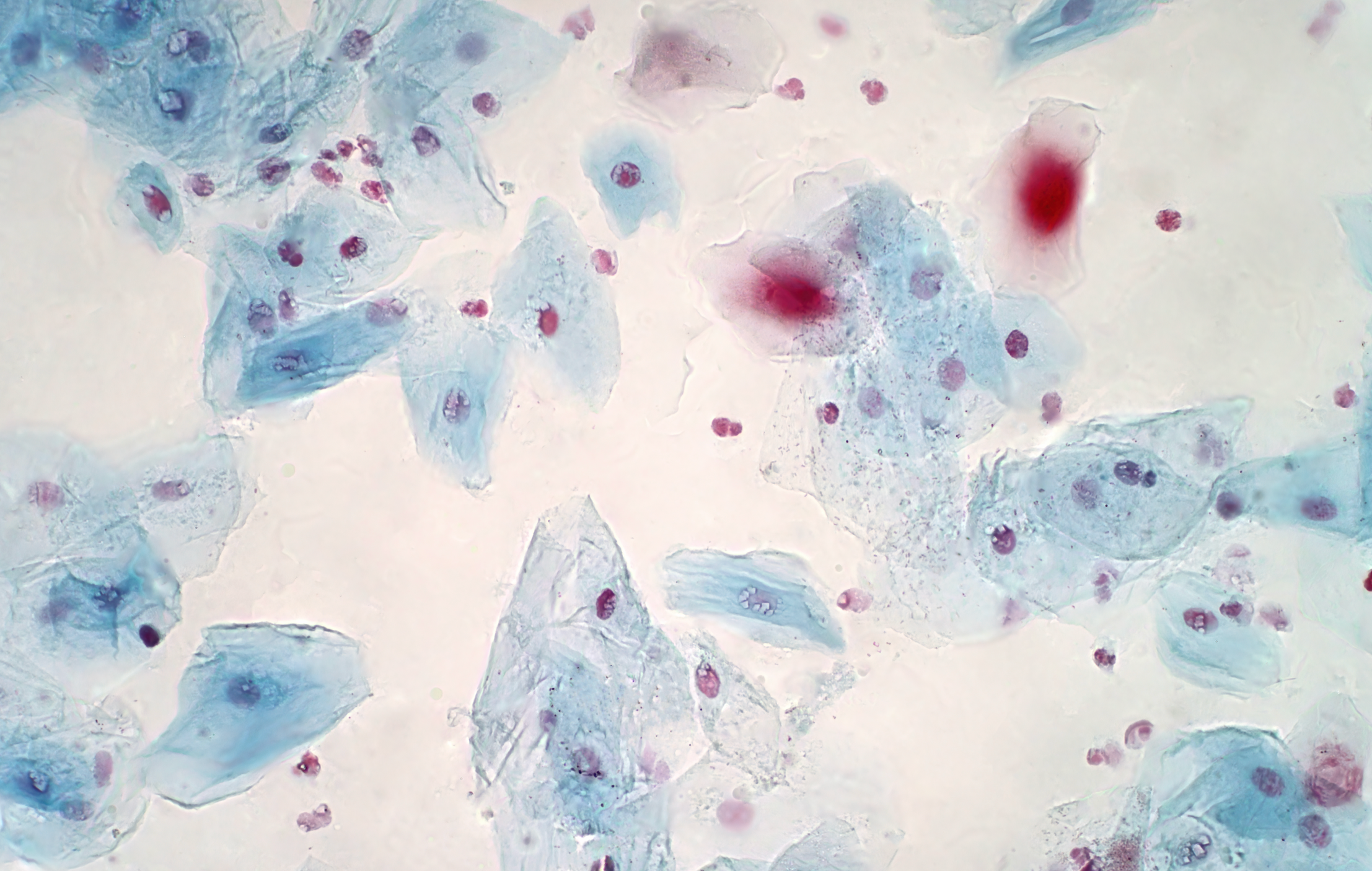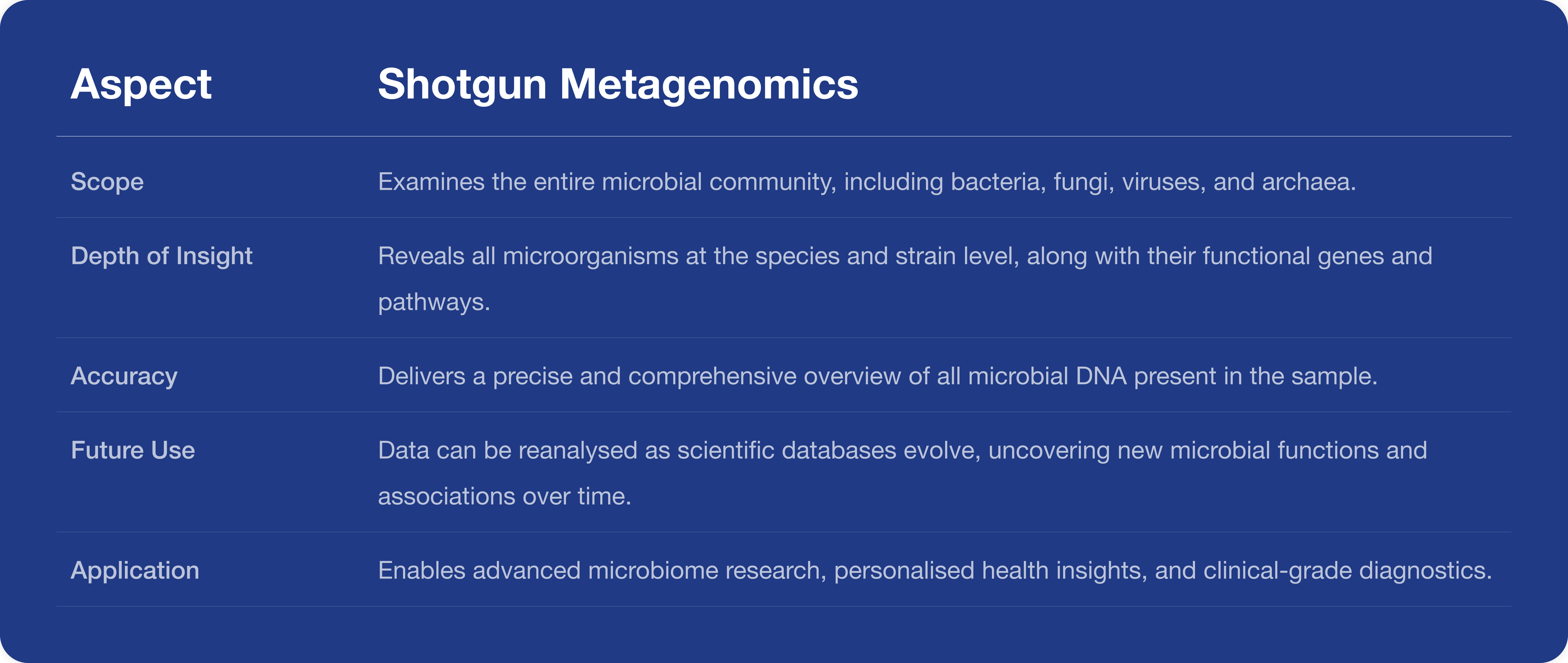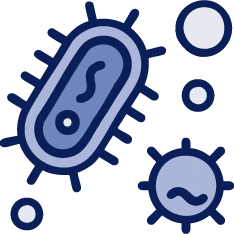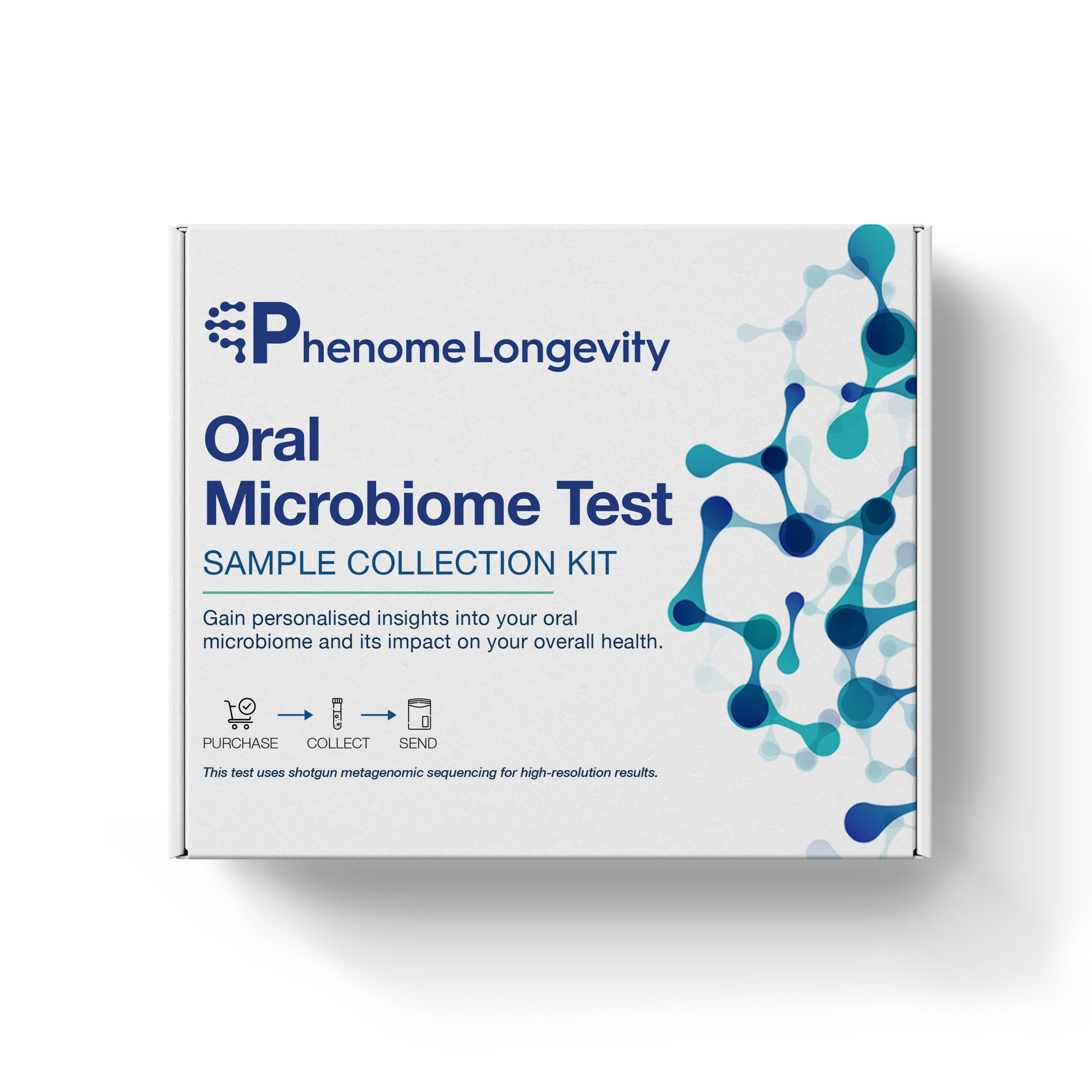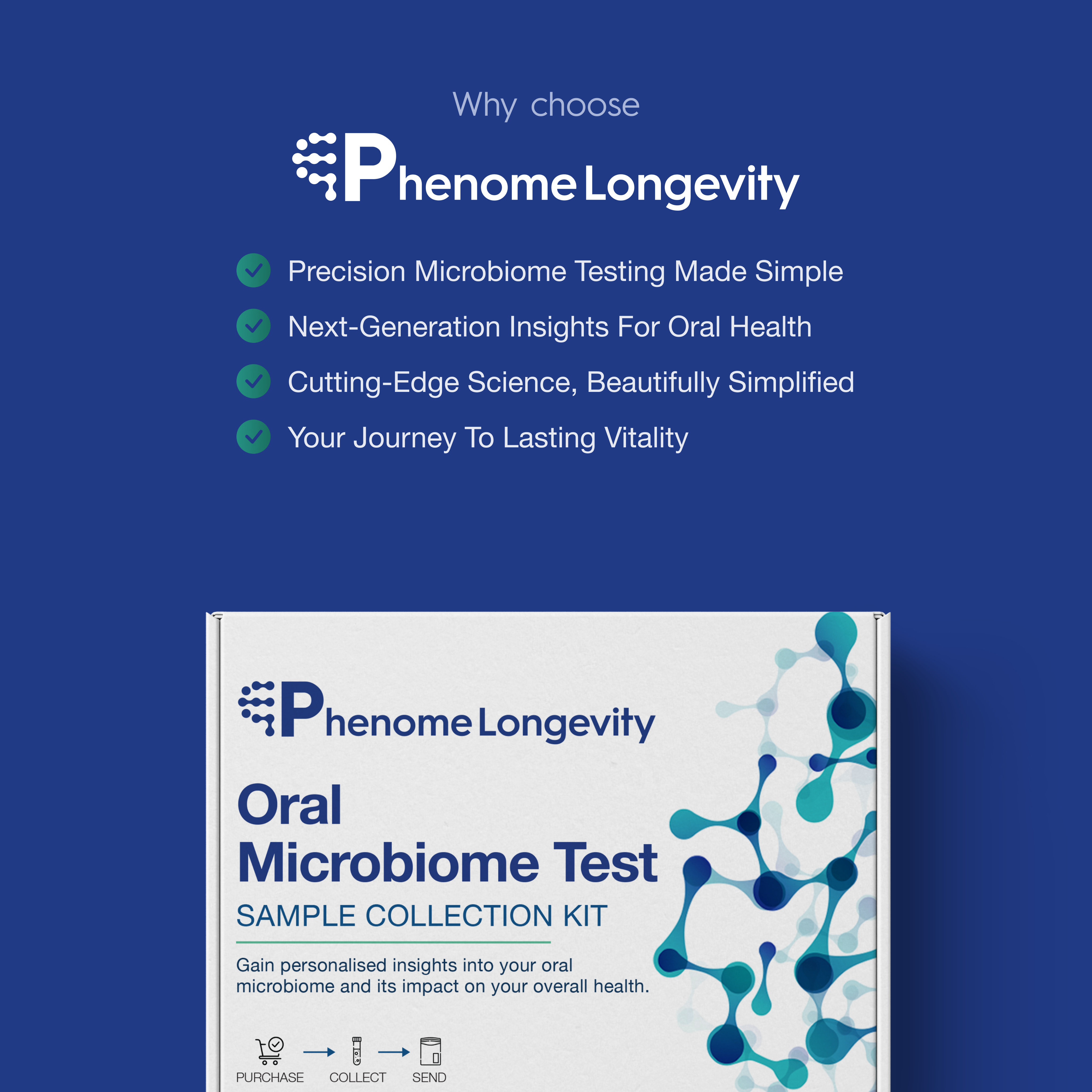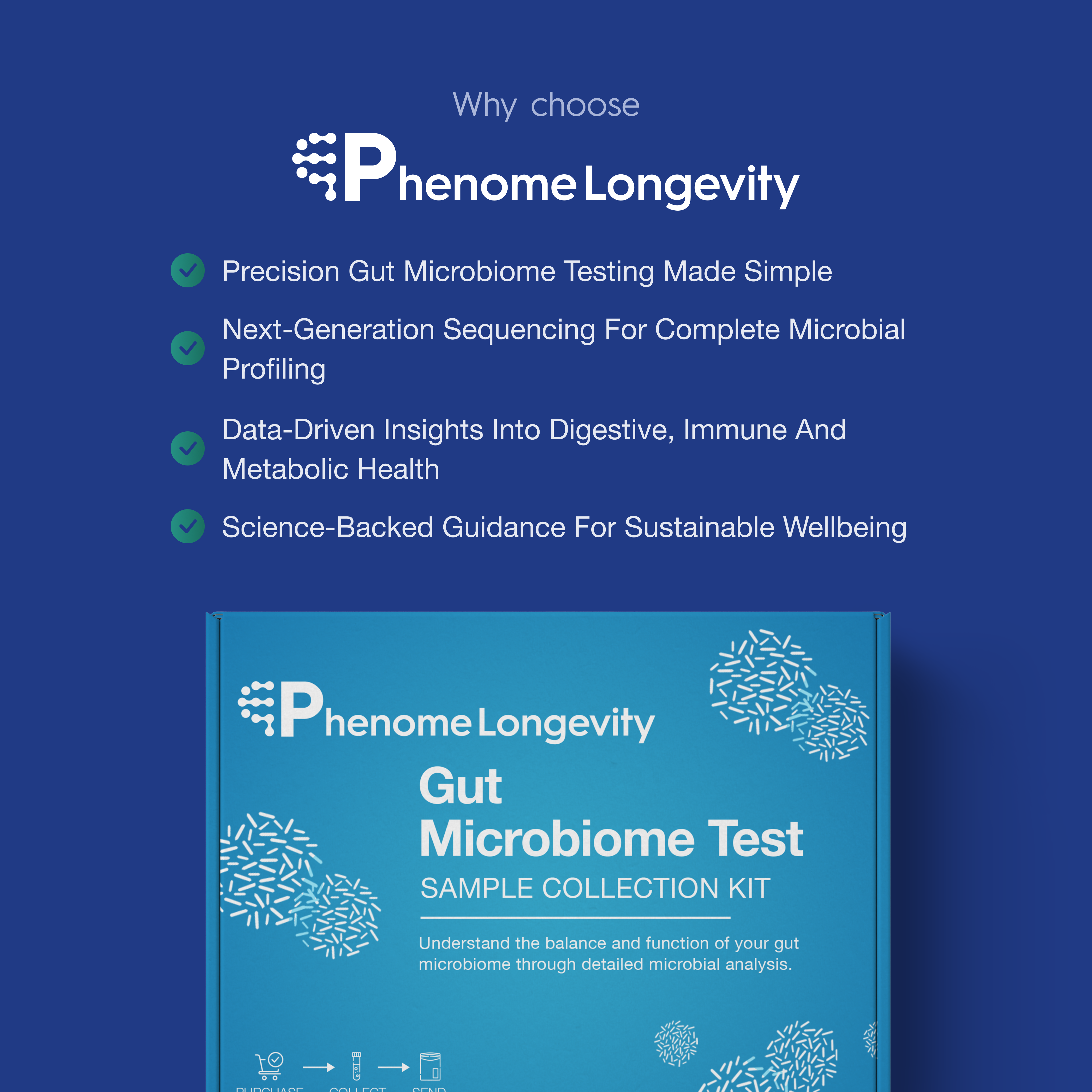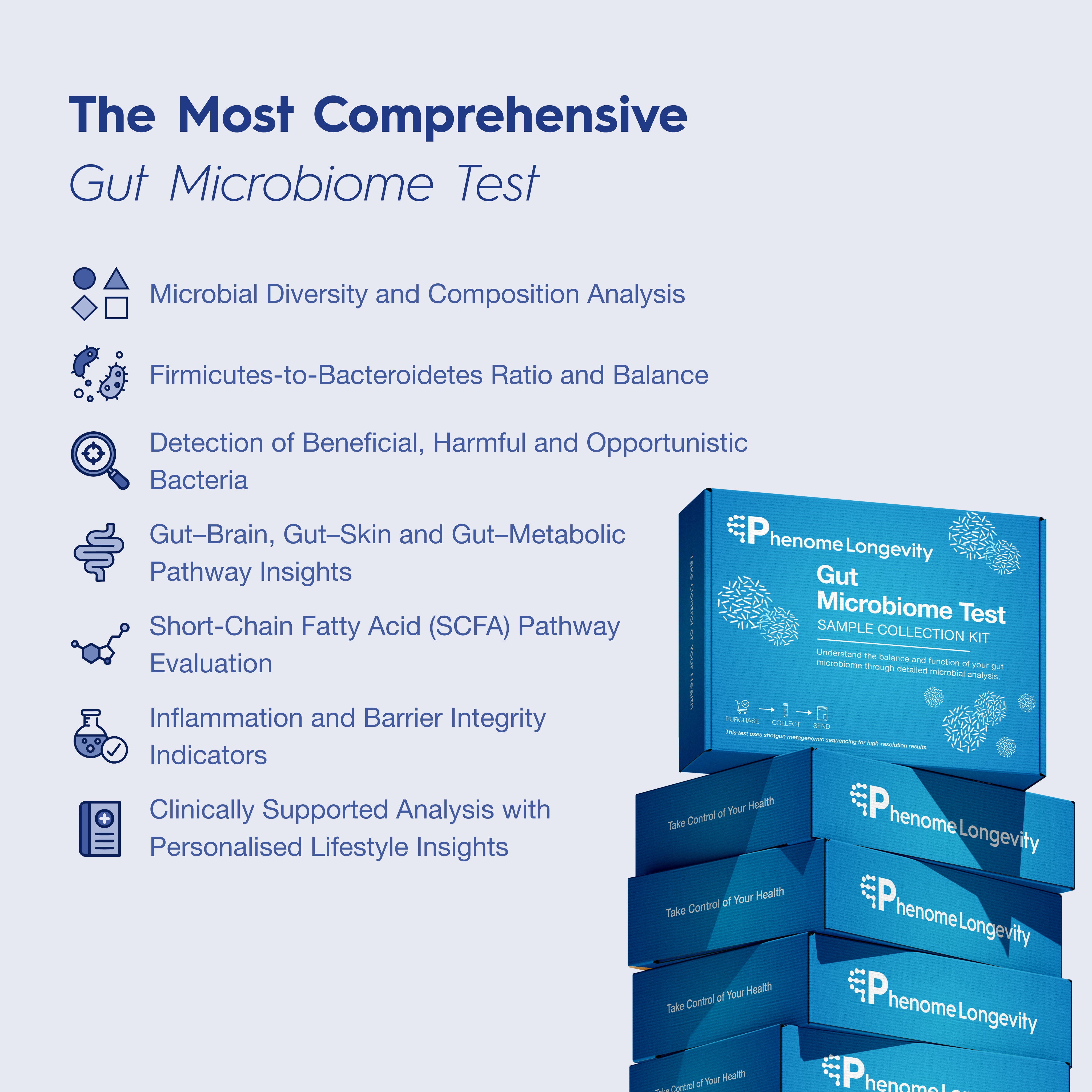What Is the Oral Microbiome?
Your mouth is home to one of the body’s most complex ecosystems. It contains bacteria, fungi, and viruses that live on every surface including teeth, gums, tongue, and cheeks. Together they form the oral microbiome, a living community that protects against disease, supports digestion, and maintains immune balance.
Each microbe has a specific function. Some regulate acidity, others prevent harmful bacteria from attaching to tissues. This balance is essential for health because the oral microbiome connects directly with the gut and bloodstream.
Key takeaway:
A healthy oral microbiome is not only about fresh breath. It supports the digestive system, immune response, and overall microbiome balance.


